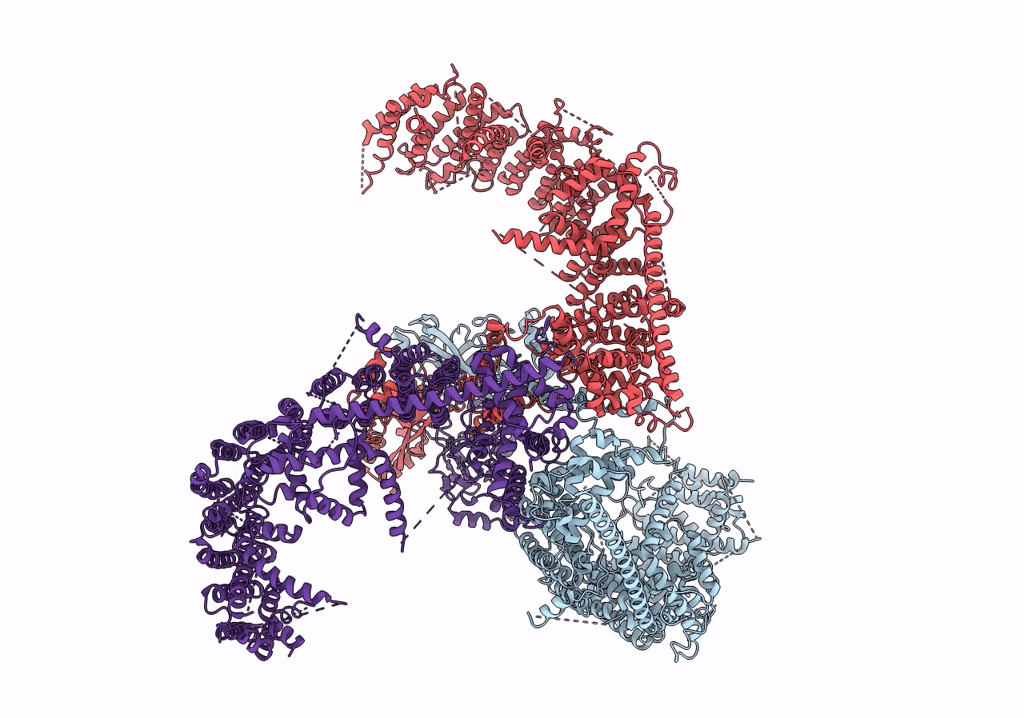
Deposition Date
2017-12-22
Release Date
2018-01-31
Last Version Date
2024-11-13
Method Details:
Experimental Method:
Resolution:
3.97 Å
Aggregation State:
PARTICLE
Reconstruction Method:
SINGLE PARTICLE


